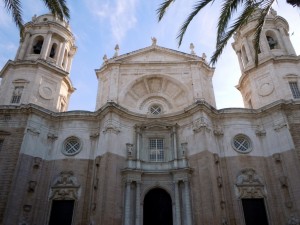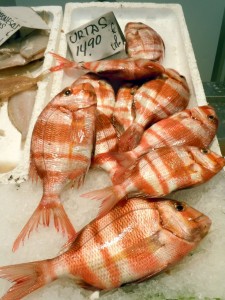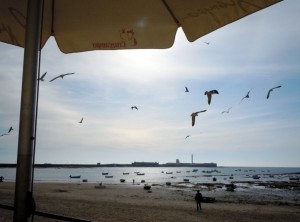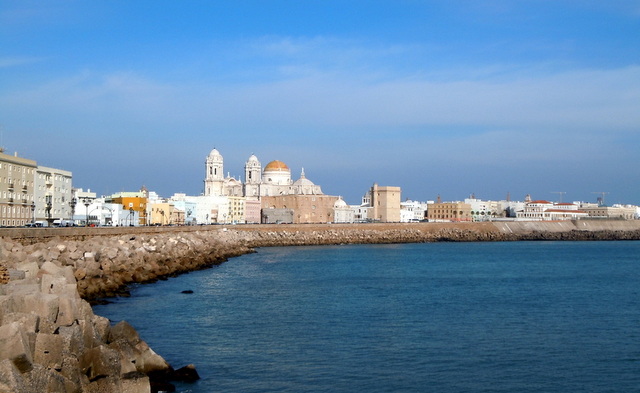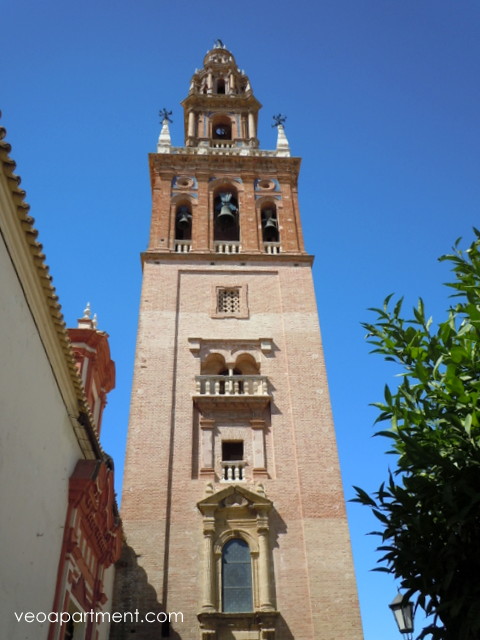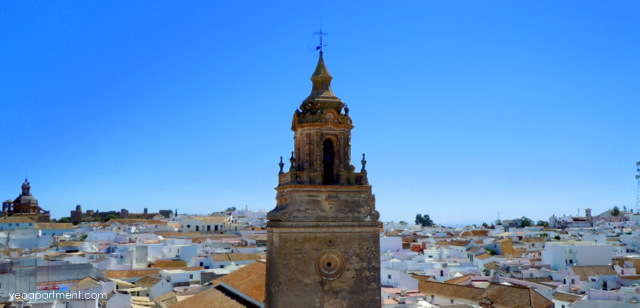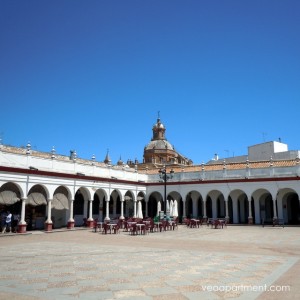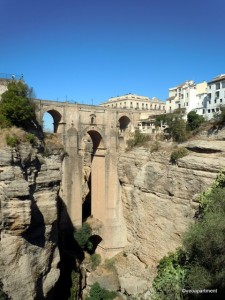After Seville and Granada, Cordoba is probably the most famous of the romantic Andalucian cities of southern Spain. More than a thousand years ago it was the capital of the caliphate of Spain and one of the most important cultural centres in Europe, with a complex heritage of art and learning derived from the Moors, Jews and Christians, who lived here with a degree of religious tolerance remarkable for its time. You can still see this heritage in Cordoba today.
At this time of year especially, many of the city’s patios and alleys are filled with a myriad of flowers in brightly coloured pots. No visit to Cordoba would be complete without a visit to the symbol of the city, the Mezquita (the Grand Mosque, which is now a cathedral), with its vistas of horseshoe arches that entrance the eye, and an atmosphere of tranquillity despite the number of visitors. Also nearby are the Alcázar of the Christian kings and the Roman bridge across the river, which is still in use.
Between the cathedral and the remaining stretch of the western wall is the old Jewish quarter, a neighbourhood of narrow winding streets and courtyards full of mementoes of the Jewish presence here. You can visit the old synagogue, the Sephardi house and the zoco, or market, where you can find some of the traditional artesan shops selling the silver jewellery and leather goods for which Cordoba is famous.
Take time out to enjoy some of the traditional food, too. Cordoba is the home of salmorejo, the thick tomato soup often served with a garnish of jamon, of the flamenquin (rolled pork and cheese fried in a coating of breadcrumbs), and of fried eggplant with a sweet cane syrup sauce.
You can take a day trip from Seville to Cordoba by bus, with an Andalsur tour guide to take you to the Mezquita, and through the historic centre of Córdoba. Included: transfer by bus, entrance tickets and tour guide. Day trips from Seville are available every day and you can book a Cordoba city tour together with your Seville veoapartment.
